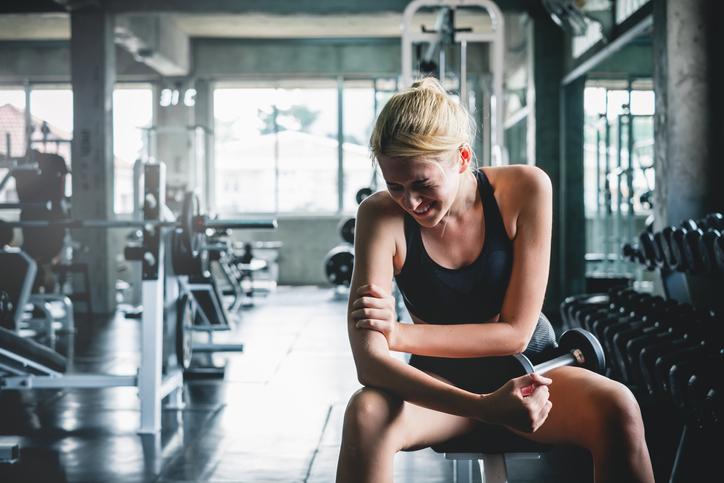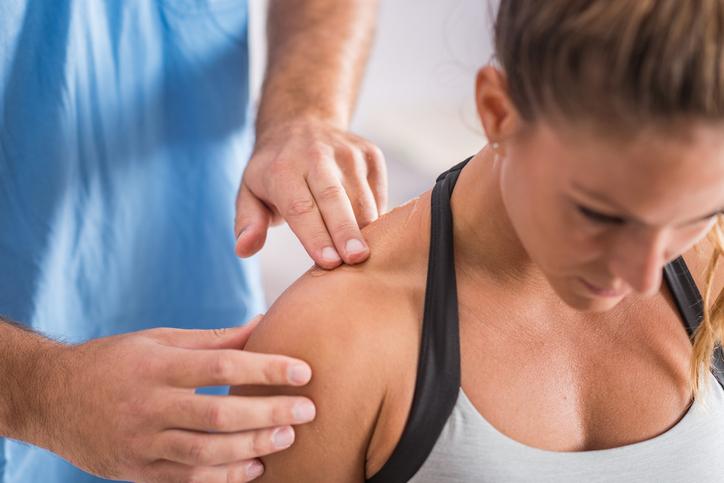Shoulder impinchment

What is shoulder impinchment?
Shoulder impingement refers to the pinching of the shoulder tendons (rotator cuff tendons) as they pass through the narrow space between the bones of the shoulder. This can result in pain, weakness, and reduced range of motion within the shoulder joint. Symptoms include pain in the top and outer aspect of your shoulder, pain that is worse when you lift your arm especially above your head, pain when lifting or reaching and somtimes even pain at night.
Many cases of shoulder impinchment are caused by overuse. Repeated use of the shoulder can make the tendons in your shoulder to swell, leading them to "catch" on your upper shoulder bone. Examples such as swimming, tennis, lifting. In other cases, it can be due to muscular weakness in your rotator cuff muscles or shoulder blade muscles, poor posture, or may also be due to your individual shoulder anatomy such as the shape and gradient of your acromion.
When impinchment happens, your bursa becomes repeatedly "pinched" and inflammed and shoulder bursitis will develop. Likewise, repeated impinchment into the rotator cuff tendon can lead to rotator cuff tendinopathy. These conditions can co-exist or be present independently.

Treatment for shoulder impinchment
If you suspect that you have shoulder impinchment then you sould seek physiotherapy treatment as soon as possible. If left untreated, shoulder impinchment can get worse overtime and there is a risk of developing into a frozen shoulder. At PhysioQinetics, we can help to diagnose the condition and discuss the different treatment options available. We can provide effective treatment for shoulder impinchment. This includes using various manual treatment techniques to control shoulder pain, regain motion, improve shoulder and blade positioning, and improve your posture. The focus will be on strengthening weakened rotator cuff muscles and to improve shoulder blade dynamics. Some of our physiotherapy treatment for shoulder impinchment may include:-
- Joint mobilisations to reduce joint stiffness
- Frictioning tendon to promote healing and improve mobility
- Myofascial and deep tissue release for muscle tightness
- Trigger point release
- Acupuncture and dry needling to reduce pain and muscle tightness
- Ultrasound to reduce inflammation and promote healing / TENS for pain relief
- Kinesiology taping and strapping for support of joints and muscles
- Posture correction
- Muscle energy techniques
- Individualised exercise programme incorporating strengthening, stretching and proprioception (PhysioQinetics Youtube Channel)
- Lifting re-education
- Sport-specific rehabilitation
In those cases in which physiotherapy does not resolve the problem, you may be referred for a orthopaedic surgical opinion. There is also the option of a local anaesthetic and steroid injection therapy. Surgery is not often performed unless a course of physiotherapy has been completed. The surgeon can widen the subacromial space by removing a piece of bone creating more space for the rotator cuff tendons. This is called a subacromial decompressional. Following surgery, you will also require further physiotherapy to fascilitate you making a full and speedy recovery.